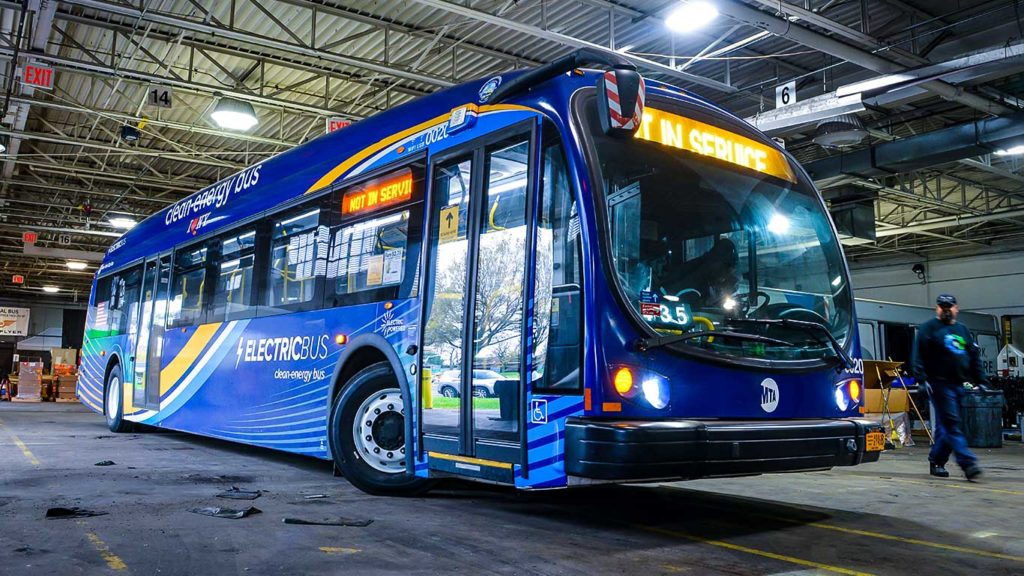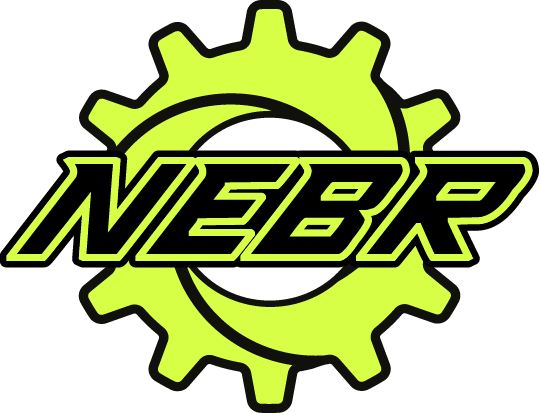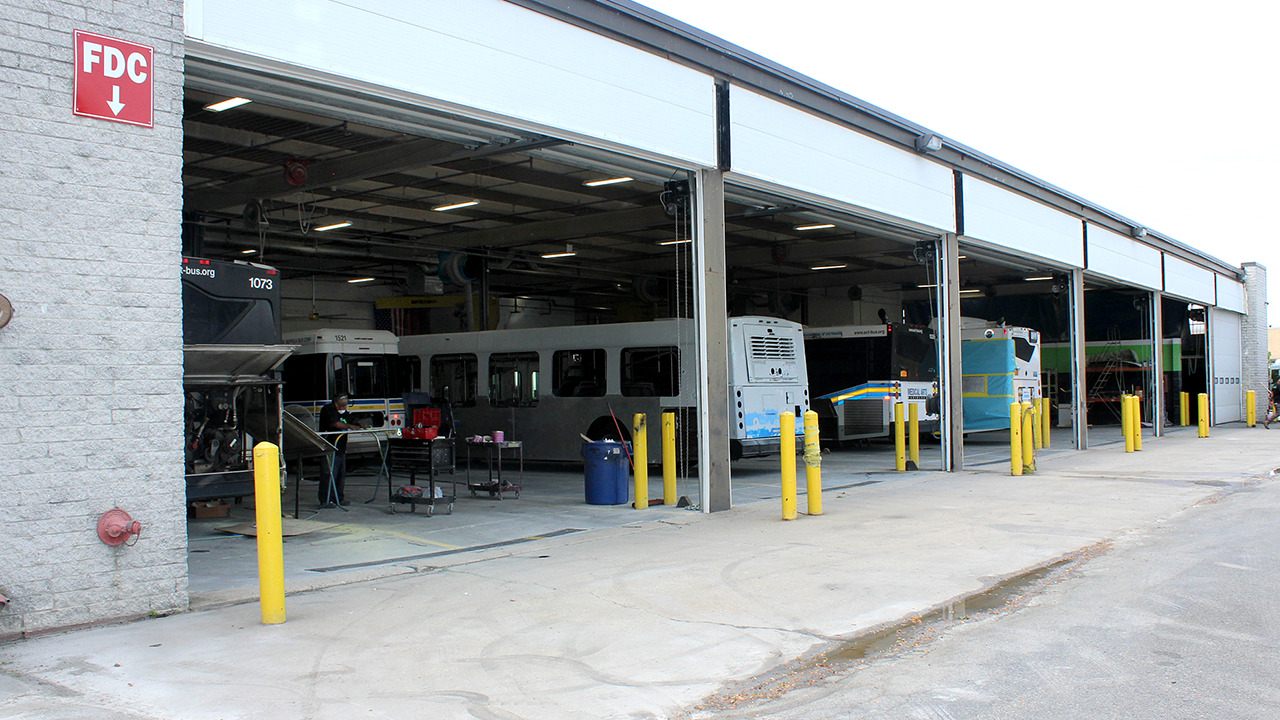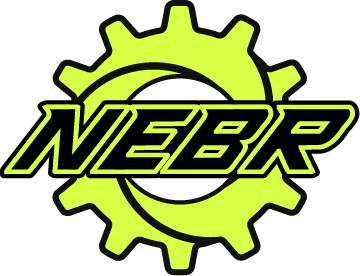Anyone responsible for operating a fleet of vehicles understands the importance of preventive maintenance.
Preventive Maintenance is a key factor in keeping all fleet vehicles operating as intended for as long as possible. Considering the costly toll that a breakdown or malfunction can have on a company’s productivity, there is no excuse for neglecting a rigorous preventive maintenance plan.
Nevertheless, some professionals might not understand how to carry out fleet preventive maintenance in the most efficient and effective way. Fortunately, there are a few tips and tricks that can help anyone create a plan that will work best for their needs and uses.
In this Article
Benefits of Implementing a Preventive Maintenance Plan
The primary advantage of taking this proactive step is that vehicles will remain operable, safe, and reliable for many years to come. In addition to simply extending the usefulness and life of the fleet, there is also the added bonus of keeping repair costs as low as possible.
If preventive maintenance for a fleet is a priority, then the chances of a major issue popping up as a surprise are much lower. That translates to a reduced portion of the budget going to vehicle repairs and a more consistent method of budgeting for such costs.
Since these preventative steps can be scheduled based on time, mileage, and other variables, it is possible to obtain the service, parts, and other supplies necessary in large orders which can result in bulk discounts that will drive the overall cost down even further.
Finally, there is an inherent motivation to protect the company’s bottom line and the safety of employees, both of which can be achieved through preventive maintenance. Not only will the company likely face liability if there is a preventable failure that causes a breakdown or mechanical issue, but safeguarding against such problems will also help drivers feel more confident and comfortable behind the wheel.
Since it is clear that such maintenance is important for a variety of reasons, the only question remaining relates to the best steps to take to establish a reliable plan. Keep reading for several recommendations that will help make the process as simple and foolproof as possible.

Create a List
Any effective plan begins with understanding exactly what tools, resources, and time will be necessary to complete each step. Start with an appropriate rundown of all techniques and actions required for each class of vehicle present in the fleet.
From there, set a consistent schedule to ensure that all activities will be handled. Additionally, drivers should have access to relevant information as well as a method through which they can confirm that inspections and maintenance have been conducted on their vehicles.
Just in case something goes wrong or someone misses a step somewhere, drivers and supervisors should also have a plan in place for submitting requests, complaints, and concerns.
Other important information for the checklist includes where the maintenance will be performed, which professionals are permitted to conduct the repairs and inspections, a thorough guide for procuring necessary parts, and a physical or digital document used to record all steps taken in the maintenance process.
Make Use of Available Data
In addition to creating a paper trail in case of an issue at some point down the road, there is another essential reason for keeping each aspect of the maintenance plan documented as meticulously as possible.
Over time, there are likely many important lessons and best practices that anyone in this position can develop based on this information and input. For example, keeping track of both the scheduled activities and maintenance needed in-between inspections can help develop a more comprehensive and customized record of intervals.
This can vary based on whether a vehicle spends a lot of time on the highway or generally performs tasks at a local job site. In the case of the former, maintenance intervals should probably be based on overall mileage, whereas the latter category might receive inspections and service based on the number of operating hours.
Reviewing and interpreting these details can help reduce the amount of downtime each vehicle experiences while ultimately saving the company some time and money in the process. The main goal is to extend the life of each vehicle, so keeping tabs on how effective a fleet maintenance program has become will be a major factor in achieving success.
At some point, however, it will become necessary to begin replacing vehicles. Studying the data and determining when it is no longer cost-effective to perform maintenance steps will aid in developing a plan for buying new vehicles at just the right time.
Empower Drivers and Other Staff Members
Since it is the drivers who will spend the most time with fleet vehicles, it is vital to solicit as much useful information from them as possible. For example, giving them the proper resources by which to submit concerns and requests is a helpful way to stay abreast of any potential problems.
It is a good idea to provide a clear line of communication through regular meetings, a dedicated email address, online form submissions, or other means. This ease of communication will allow drivers to let management know if any component of a vehicle seems to be behaving in an unusual manner.
Even if it seems insignificant at first, it is always best to address concerns before they turn into major issues. Of course, plenty of other people also have a vested interest in keeping the vehicles operating as smoothly as possible, and each one should have the freedom to submit feedback and suggestions.
Technicians, for example, might know of a way to streamline the fleet maintenance process, thereby saving time, effort, and hassle. Executives should be able to trust individuals in various positions to interpret their own data and come up with solutions that can help solve problems that others might not have even known existed.
Final Thoughts
There are many factors to consider when creating an effective schedule for fleet vehicle maintenance. Fortunately, there are experts in the field who can offer useful advice at any stage of the process.
Contact NEBR for all the supplies and information necessary to implement a successful plan and share this article to help others get the most out of their fleet of vehicles.













